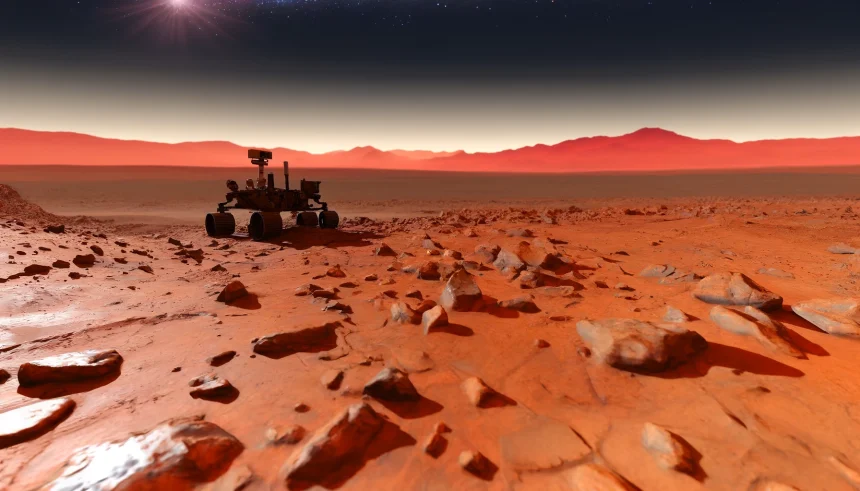Astronomers are delving into the chaotic motion of the binary asteroid 1991 VH, discovered by Robert McNaught in 1991. This unique asteroid system features a primary asteroid and a smaller moon, presenting a chaotic tumbling motion. Researchers now propose that a close encounter with Earth thousands of years ago may have triggered this unusual behavior.
Asteroid Characteristics and Observations
The binary asteroid 1991 VH was imaged at high resolution by the Goldstone and Arecibo observatories in 2008. Its primary asteroid exhibits an equatorial ridge, making it resemble a spinning top. The moon, dubbed S/2008 (35107) 1, was discovered in 1997 through photometric observations. The system’s chaotic nature makes it particularly intriguing to astronomers studying Near Earth Binary Asteroids.
Influence of Earth’s Gravity
Astronomers, including Alex J Meyer from the University of Colorado Boulder, suggest that a close fly-by of Earth could have disrupted the binary asteroid’s stable orbit. They conducted Monte-Carlo simulations to investigate this hypothesis. Their results indicate that a fly-by of Earth within the last 100,000 years, possibly as recent as 12,000 years ago, could have introduced the observed chaotic dynamics.
Earlier studies on Near Earth Binary Asteroids revealed the role of tidal forces and gravitational interactions with gas giants and terrestrial planets in influencing their orbits. Observations of 1991 VH align with these findings, confirming the significant impact of close planetary encounters on asteroid dynamics. However, this study underscores the importance of Earth’s gravitational influence, previously less emphasized.
Comparatively, previous research has often focused on the tidal interactions within binary asteroid systems. The role of close fly-bys with Earth provides a new perspective, illustrating the diverse factors contributing to the chaotic motion observed in some binary asteroids. This approach broadens our understanding of the dynamic history of Near Earth Binary Asteroids.
The chaotic tumbling of 1991 VH, potentially triggered by a close Earth encounter, offers valuable insights into the dynamic processes shaping Near Earth Binary Asteroids. This study not only highlights the influence of Earth’s gravity but also enhances our comprehension of asteroid dynamics through advanced simulation techniques. Understanding these interactions helps predict the future behavior of similar systems, contributing to our broader knowledge of the solar system’s evolution.










